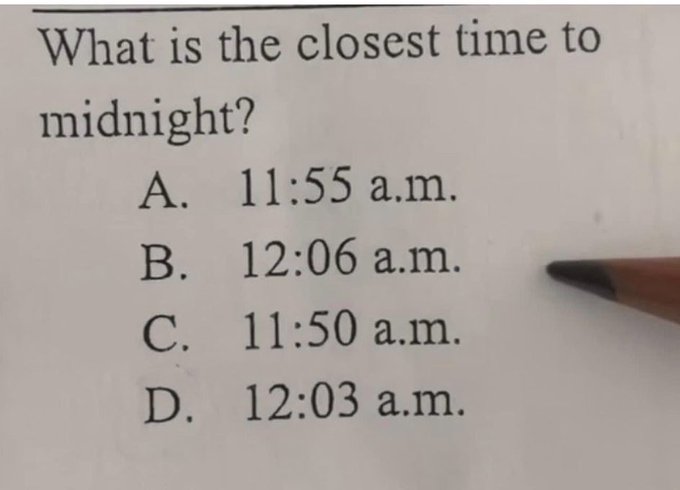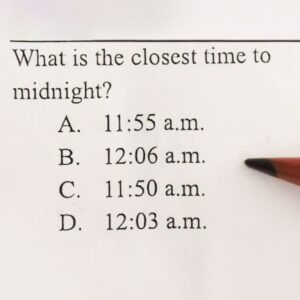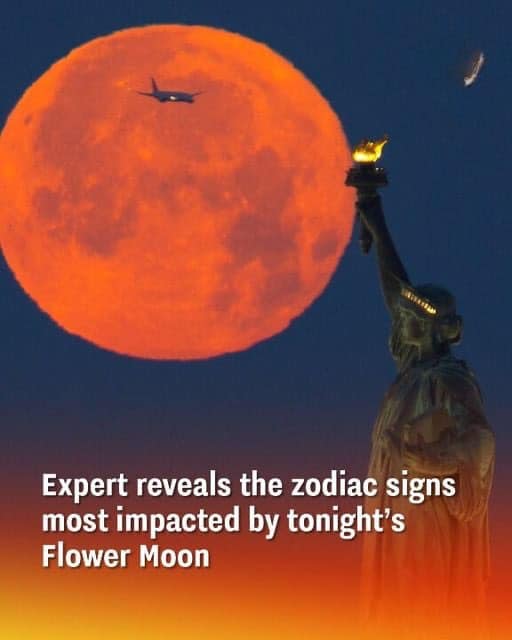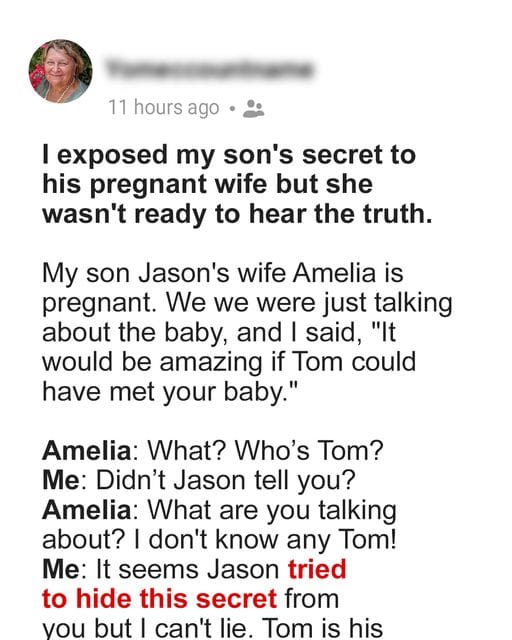

A perplexing arithmetic problem meant for kids has gone viral and sparked an intense online discussion among thousands of users. Many people are baffled by the difficult challenge, which has created a lot of buzz on social media as many can’t decide between different solutions.
With riddles and brainteasers taking center stage, the digital world has changed dramatically in recent years, becoming a playground for inquisitive minds. Social media users make the online world a thriving hotbed of intellectual fellowship by avidly participating in spirited conversations, exchanging thoughts, and working together to solve the code.
As the trend gains traction, it highlights how the internet can bring people together via common interests and challenges, bridging geographic divides and uniting minds in search of fun and intellectual stimulation.One of the most well-known social media sites featured an intriguing but confusing topic in June 2023 that tested people’s knowledge and caused them to reflect on the difficulties they had in school.
For several participants, this perspective helped to clear up their misunderstanding.It was reminiscent of the kind of brainteasers that were previously only seen in school quizzes, but it was also the topic of a global conversation. The fact that the issue wasn’t as straightforward as it originally seemed was the best part.
The Kids’ Question That Confounded Adults
Social media users were taken back to their school days when a perplexing query about time caused a great deal of controversy. The question that has him scratching his brain was asked by Jamaican user @yawdmontweet: “What is the closest time to midnight?”The way the question was phrased also prompted individuals to think beyond the box.
 Jah know, this is hurting my head.Four answers were given to the question, which had over 1.4 million views: A. 11:55 a.m., B. 12:06 a.m., C. 11:50 a.m., and D. 12:03 a.m. Numerous users appeared perplexed, offering a variety of responses in the comments area.
Jah know, this is hurting my head.Four answers were given to the question, which had over 1.4 million views: A. 11:55 a.m., B. 12:06 a.m., C. 11:50 a.m., and D. 12:03 a.m. Numerous users appeared perplexed, offering a variety of responses in the comments area.
Unable to Determine the Correct Response
The general agreement was in favor of option “D.” This selection was notable since it was the closest timing to that precise moment—just three minutes after midnight. This decision was justified by the fact that every option included shifting either forward or backward from midnight, which served as the center of gravity.
When I noticed this, I asked my colleagues. They were all in error. My response is A. Time cannot be stopped or resumed. Every day has only one midnight.
The question posed a new viewpoint on the passage of time by asking to discover the “closest time to,” rather than the “closest time until.” For several participants, this perspective helped to clear up their misunderstanding.
I promise that the lack of consideration for the question’s writing is the only reason these are ever unclear. Closest could refer to the number of minutes to midnight or the distance the hand is from the clock face, depending on whether it can move forward or backward.
The way the question was phrased also prompted individuals to think beyond the box. Several people took into account the written word “midnight”‘s proximity in the selections rather than merely depending on reasoning. They decided on “A” since it was the word that was typed closest to it after considering an other viewpoint.
Guys, this isn’t hard. Clearly, there is only one response. Not midnight, but almost lunchtime for two of them.
It’s possible that the language mislead those who chose option “A.” Given that the question asked about midnight, which is 12:00 a.m., the inclusion of 11:55 a.m. could have given the impression of being quite near.
Selecting an answer is difficult in the absence of more details. If we are talking about the next midnight, then A would be the closest because we pronounce time in a clockwise fashion. It did not specify which midnight this D is closest to, though.
But only at 11:55 p.m. would the proximity be precise. The response, 12:06 a.m., was actually six minutes after midnight. This small element brought out the subtle nuances of the question and confused a lot of participants.
Using AI to Assist
A simple fix was discovered by a few people who decided to use ChatGPT, an AI chatbot, rather than using their own reasoning. In line with ChatGPT’s justification:
The time that is closest to midnight is D. 12:03 a.m.
The Potential for Two Acceptable Responses
This seemingly simple math issue has sparked a heated controversy, with some arguing that challenging questions like this discourage young students from pursuing the subject. An insightful observation was made by someone who offered two potential responses based on various interpretations:
“Answer: A if you mean closest time to when it *will* be midnight next. That would mean that it wouldn’t be midnight with D for almost a full day. The answer is D if you only mean raw minutes going forward or backward. These kinds of trick questions just make children detest arithmetic.
This remark brought to light the ambiguity of these riddles, highlighting how these subtleties might cause pupils to become frustrated and develop a hate for mathematics.
The response is yes. At 11:55 a.m., 12 hours, 5 minutes had passed since midnight (12 a.m.). After midnight, B will be gone in 23 hours and 54 minutes, C in 12 hours and 10 minutes, and D in 23 hours and 57 minutes.
Which option—A, B, C, or D—did you select? Do you concur with the commenters who suggest there may be more than one right response to this perplexing question?










